Hassell’s innovative arts centre opens in Uganda, offering training and community space for displaced youth
The Bidi Bidi Performing Arts Centre, an initiative aimed at fostering creativity and community in Africa’s largest refugee settlement, has officially opened.
This project was led by the To: Foundation, the philanthropic arm of to.org, in collaboration with design practices Hassell, Localworks, and Arup.
Located in northern Uganda’s Bidi Bidi refugee settlement, home to over a quarter of a million displaced people, the centre provides a space for music and dance training, performance, and community gatherings. It aims to use creativity as a tool for expression, trauma reduction, and youth development.
The Bidi Bidi Performing Arts Centre features a semi-open-air amphitheatre, classrooms, a recording studio, a tree nursery, and freshwater facilities. It has been designed as a place for local youth to share music and dance traditions.
Designed by Hassell in partnership with Localworks and Arup, the centre uses low-cost, low-carbon materials. This approach helped reduced construction costs and environmental impact.
The centre’s roof is designed to collect rainwater, supporting both the community’s water needs and the irrigation of a community vegetable garden and orchard. The 200,000-litre capacity water tank is projected to provide 1.2 million litres of water annually.
The centre serves both refugee and non-refugee communities. It was constructed by a team that included refugees and Ugandans from the local host community.
The design, reflecting the local heritage and architecture of northern Uganda and South Sudan, includes a lightweight steel roof structure prefabricated in Kampala
The walls are made from compressed stabilised earth blocks, using soil excavated from the site, hand-pressed in situ, and cured in the sun. By using non-fired bricks, the team reduced construction costs and environmental impact, as firewood is a scarce resource in the region.
“Bidi Bidi Performing Arts Centre investigates the impact of establishing creative infrastructure in refugee settlements, establishing spaces for people to express themselves, create, and collaborate,” said Nachson Mimran, co-founder and creative executive officer of to.org.
“The to.org team and I have been planning this project since 2019, and are thrilled to see it come to life, not only as a visually impressive structure but also as an example of the social and economic impact of providing participatory arts in disenfranchised communities.”
Xavier De Kestelier, head of design at Hassell, added, “The Bidi Bidi Performing Arts Centre embodies a vision of sustainable, human-centred design, prioritising the needs and aspirations of the community it serves.
“We wanted to build a world-class venue that speaks to the value of cultural buildings, supporting and working closely with the community in their creation of a space that could act as a local landmark. This collaborative relationship offers opportunities for the centre to be adapted for generational needs – or indeed to influence buildings of the future.”
The design, reflecting the local heritage and architecture of northern Uganda and South Sudan, includes a lightweight steel roof structure prefabricated in Kampala. The offset roof protects the earthen walls from adverse weather, provides shade, and ensures ventilation.
The brick patterns help optimise acoustics for performance spaces, classrooms, and the recording studio. Floor-to-ceiling doors allow the centre to open to the community, accommodating small groups to large gatherings.
The project also includes a tree nursery, and a vegetable garden. To.org has planted thousands of fruit trees, creating a permaculture demonstration garden that fosters sustainable agriculture and environmental stewardship, providing fresh produce amid the reduction in UNHCR food rations across Uganda since 2021.
Tateo Nakajima, director at Arup, said: “Places of gathering make communities. Bidi Bidi Performing Arts Centre has already proven to be transformative for this refugee settlement. As well as bringing the community together to celebrate their cultural heritage and future identity, it provides a platform for extraordinary individual voices.
>> Also read: Ugandan practice reaches into the past to inform a contemporary monastic complex in the south of the country
“Arup has been honoured to work on this unique initiative for the Bidi Bidi community alongside to.org, Hassell, and refugee-led organisation SINA Loketa, demonstrating the potential of locally-sourced, natural materials and construction methods to achieve innovative design outcomes.
“Community identity is key to civic resilience and sustainable development, and we are excited to see how this centre, built with and for the Bidi Bidi community, will offer the next generation a space to learn, reflect, and perform.”
In 2016, this region of northern Uganda, 600 kilometres north of Kampala, was sparsely populated with remote village communities. Today, Bidi Bidi is the largest refugee settlement on the African continent and the second largest in the world, covering 250 square kilometres.
It is home to more than a quarter of a million refugees, primarily fleeing conflict in South Sudan. Youth under 18 comprise 65% of the population, facing challenges such as limited access to education and creative outlets.
>> Also read: An architect’s guide to surviving the rule of Idi Amin
Project data
Project conception and leadership: to.org
Project name: Bidi Bidi Performing Arts Centre
Location: Bidi Bidi, Uganda
Area: 641 sqm
Architecture: Hassell with Localworks
Contractor: Localworks
Engineering: Arup and Localworks










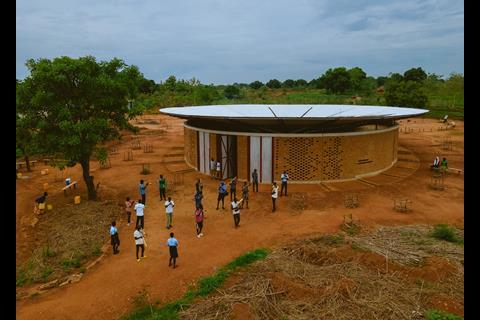
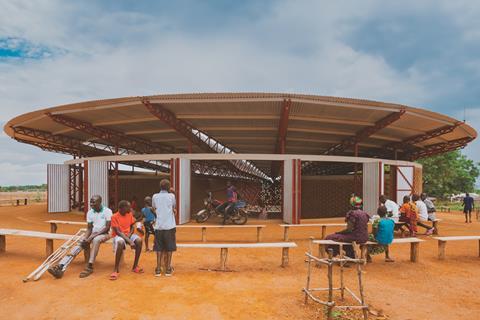

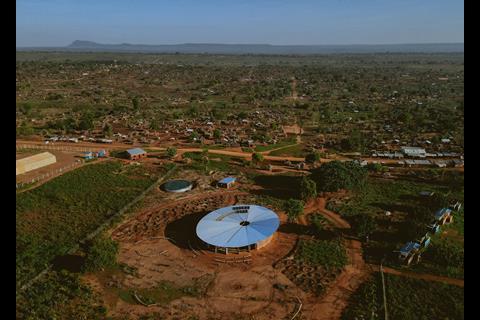

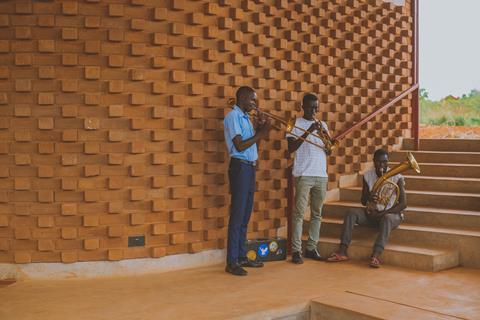
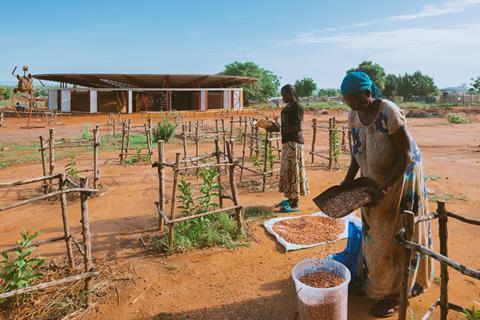
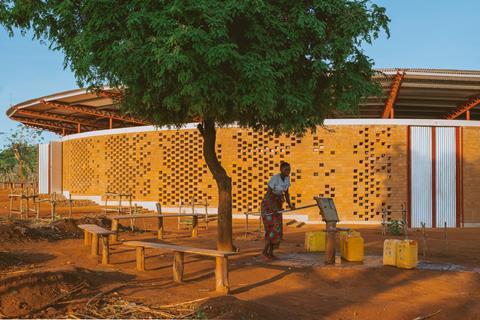
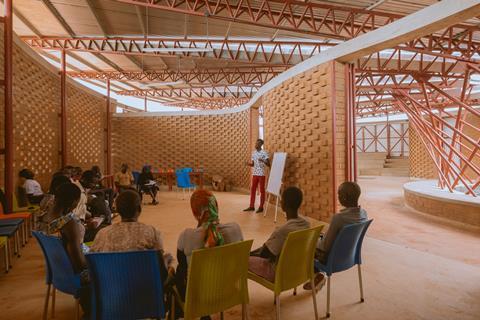
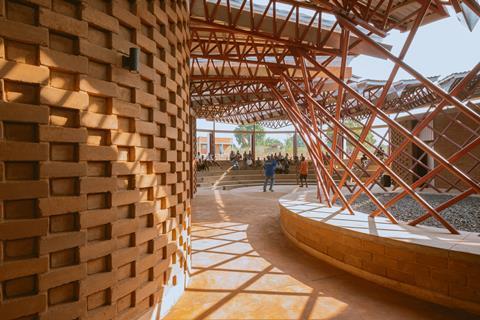
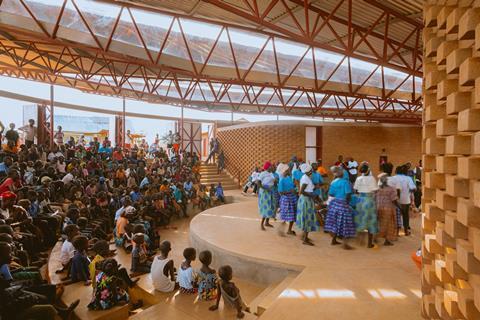
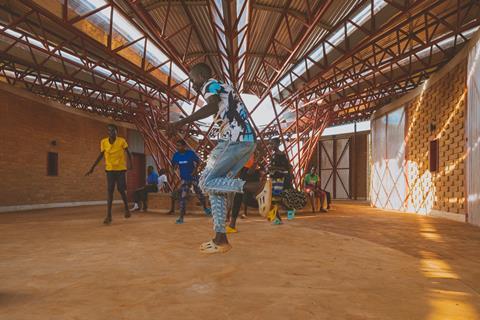
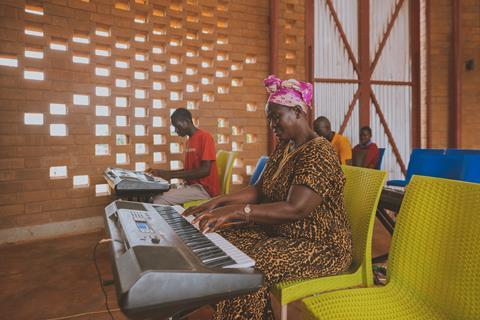

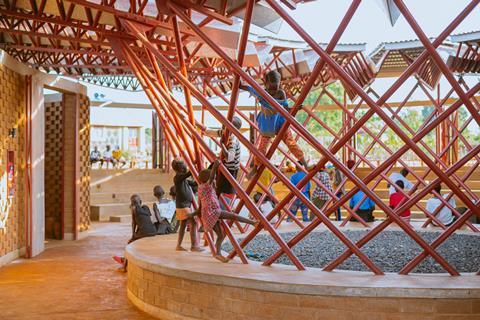







No comments yet